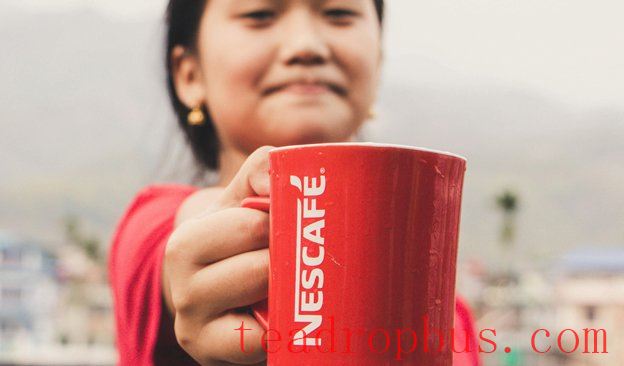
Nescafé repositions itself as the brand for the next generation as Gen Z comes into its spending power. Photo credit: Drift Shutterbug
For decades, coffee was a shared experience: a social anchor at coffee shops and a morning ritual around a kitchen table. Since the pandemic, those familiar settings are dissolving. Coffee now exists across fragmented spaces — consumed alone, digitally shared, carried in ready-to-drink bottles, and endlessly customized to personal taste. As global consumer behaviors shift, the world’s largest coffee brand, Nescafé, is rapidly adapting in order to occupy these new spaces.
McKinsey & Co.’s State of the Consumer 2025 article highlights that people worldwide are spending more time alone and online than they did five years ago. Post-pandemic habits (remote work, e-commerce reliance, and at-home activities) have become permanent. Notably, US consumers report having over three additional hours of free time weekly compared to 2019, with nearly 90% of that time allocated to solo activities such as browsing social media, online shopping, and personal hobbies. Meanwhile, time spent with friends or at in-person cultural activities has remained flat, thus shrinking as a percentage of total free time.
CNBC reports that Gen Z consumers are driving this change, reshaping coffee into a personalized, mobile experience often discovered online before it’s ever purchased. Nescafé is responding with improved online shelf visibility, ensuring its products can be found, traced, and trusted in this digital-first space.
The influence of digital channels, however, is not matched by trust. The McKinsey article highlights a paradox: digital platforms dominate attention, yet consumers remain skeptical of them as reliable sources for buying decisions. Business Insider describes how Gen Z frequently discovers new beverages via TikTok or other social media feeds but looks to friends, peer reviews, or independent content creators for confirmation before buying.
In this environment, credibility is currency. Nestlé has increased its marketing investment from 8.1% to 8.6% of sales in the first half of 2025, according to its half-year results report. The company is focusing on funding influencer-driven campaigns and more authentic storytelling across digital platforms to close this trust gap.
Gen Z’s economic power is growing rapidly. Coffee Intelligence reports that this generation is now the highest-spending consumer cohort globally, with its total spending power expected to surpass that of baby boomers by 2029. McKinsey data shows their spending is growing at twice the pace of older generations. Yet, they are highly selective and only splurge on experiences they deem “worth it,” such as premium drinks that match their tastes and identity.
Nescafé’s expansion of its ready-to-drink (RTD) line into India, the Middle East, North Africa, and Brazil is squarely aimed at these habits. Michael Briner, global category lead for RTD at Nestlé’s coffee brands strategic business unit, explained in a press release: “We want to meet the needs of young consumers who prioritize convenience, variety, and on-the-go options that align with their fast-paced and dynamic lifestyles.” The launch creates new coffee-drinking occasions beyond traditional coffee shops, giving consumers high-quality options wherever they are.
At the same time, McKinsey observes a renewed preference for local brands, driven by a desire to support domestic businesses or access offerings tailored to local tastes. Nestlé’s H1 report notes that many of its 65 new coffee product launches were region-specific and highlighted increasing consumer taste preference testing. The coffee space is no longer uniform worldwide — it is hyperlocal, segmented by flavor, culture, and consumption context.
Rising prices are shaping choices. Consumers are not simply trading down but rebalancing spending across categories, McKinsey reports. Coffee remains a small, permissible luxury, but buyers want better value per sip. Instant coffee is rising again for its affordability and flexibility, while RTD formats offer café-style drinks without coffee shop prices.
Coffee is no longer tied to a single setting. It thrives in private, online, mobile, and local spaces, each demanding different formats, stories, and experiences. Nescafé’s strategy of expanding RTD, launching dozens of new SKUs (stock keeping units), and boosting digital presence is an attempt to claim these fragmented places. The future of coffee will not be won in cafés alone; it will be won space by space, wherever and however the next generation chooses to drink it.